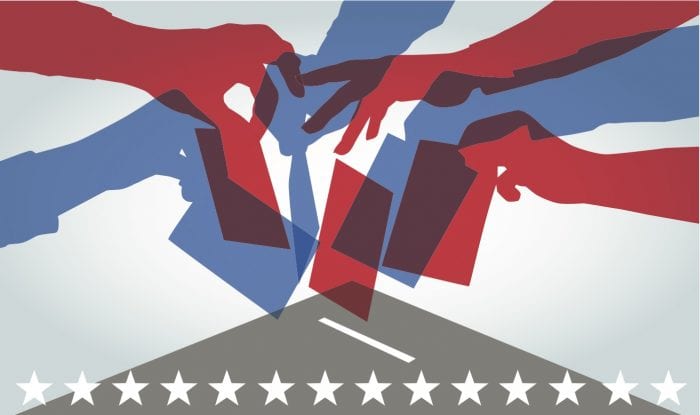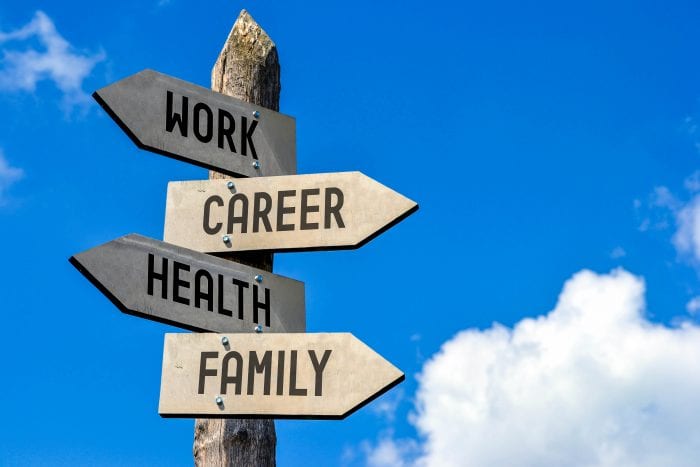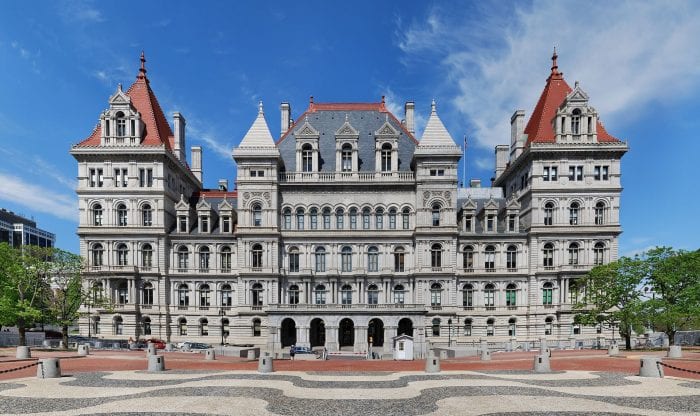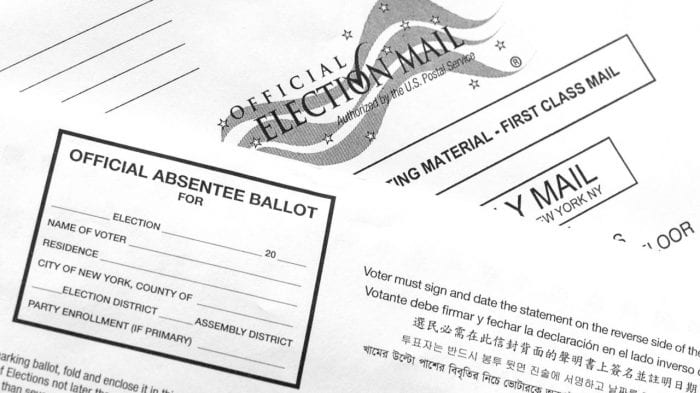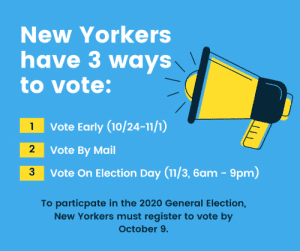By Nancy Marr
Americans have become aware that our system of family care is disjointed and sometimes inaccessible. The pandemic particularly highlighted the problem of childcare, as essential workers had to leave their jobs because their child care resources had closed. The American Rescue Plan (ARP), passed by Congress in 2021, helped day care centers, home and family childcare providers stay open or reopen and provide protective and sanitizing equipment.
The League of Women Voters of the United States since 1988 has supported programs at all levels of government to expand the supply of affordable, quality childcare for all who need it. The League also participates in the Pre-K Coalition in New York State, advocating for investing in children’s early years to lay the foundation for reading, writing, and math skills. Many Pre-K programs are funded through school districts, open free to parents through a lottery, but frequently for only half a day.
The Coalition on Human Needs (www.chn.org, July 19) reported that, even before the pandemic, childcare was unaffordable for many families. In many parts of the country, families pay more than $10,000 a year per child for child care. That’s 16% of the median household income, but far more for many families.
New York State has just announced that it will use the funding of $25 million it has received from the federal government for child care scholarships for essential workers, whose income is less than $79,500 for a family of four. Additional federal funding of $105 million granted to New York State in 2021 will be used to expand Pre-K programs; on Long Island, $31.9 million dollars will make it possible to seat 5,200 four year olds, mostly for full-day care.
This July, through the Child Tax Credit program (which has existed since the 1990’s), parents with joint incomes of $150,000, head of household filers with incomes of $112,500 and single filers with incomes of $75,000 have received the first monthly payment of $300 for each child younger than 6, and $250 for each child between 6 and 17. Parents with incomes up to $170,000 will receive payments but they will be less. The American Rescue Act recently increased the amount of credit and made it possible for families to receive payment each month, beginning in July 2021 with the remaining funds granted at the end of the year with the tax filing.
Separately, the Earned Income Tax Credit, or the EITC, is a refundable tax credit for low-wage workers that was expanded through the American Rescue Act. For taxable year 2020, parents “earned” between $1,502 to $6,728 depending on their tax-filing status, and the income they earned that year.
President Biden has proposed the American Families Plan and hopes to have it passed. His proposal would pay for universal Pre-K and free community college, an investment in child care of $225 billion over 10 years to federally supported child care providers and $200 billion for free pre-school programs for 3 and 4 year olds, and a cap on child care costs at 7 percent of a family’s earnings.
The proposal also calls for a national paid family and medical leave. Should ARP not be refunded, the benefit amounts of the child tax credit and the Earned Income Credit will go back to their original amounts. To support the enhanced amounts and monthly distribution, contact your Congressperson. Also write to support the efforts of New York State Senator Todd Kaminsky (D Long Beach) for his support of child care funding.
Nancy Marr is vice-president of the League of Women Voters of Suffolk County, a nonprofit, nonpartisan organization that encourages the informed and active participation of citizens in government and influences public policy through education and advocacy. For more information, visit www.lwv-suffolkcounty.org, email [email protected] or call 631-862-6860.


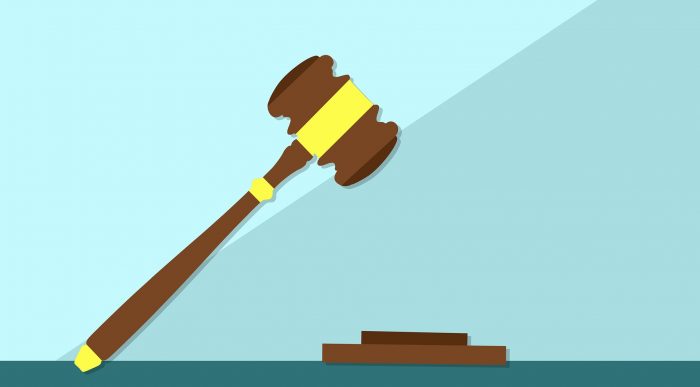

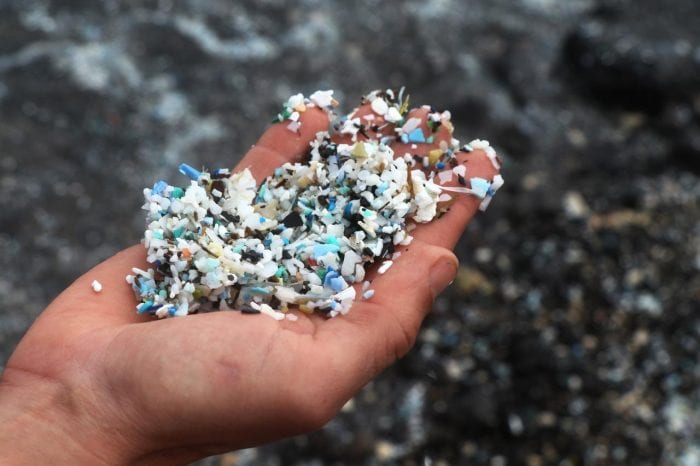


 Our waste stream includes packaging materials and paper goods. Bill S1185 has been introduced by Senator Todd Kaminski and it will be followed by A5801, to be introduced by Assemblyman Steve Englebright. They require producers and manufacturers to finance the recycling of their packaging materials and plastics, with incentives for finding ways of making recycling easier. Within three years of the bill’s implementation, producers will have to comply with the provisions of the bill or work with a producer responsibility organization.
Our waste stream includes packaging materials and paper goods. Bill S1185 has been introduced by Senator Todd Kaminski and it will be followed by A5801, to be introduced by Assemblyman Steve Englebright. They require producers and manufacturers to finance the recycling of their packaging materials and plastics, with incentives for finding ways of making recycling easier. Within three years of the bill’s implementation, producers will have to comply with the provisions of the bill or work with a producer responsibility organization.